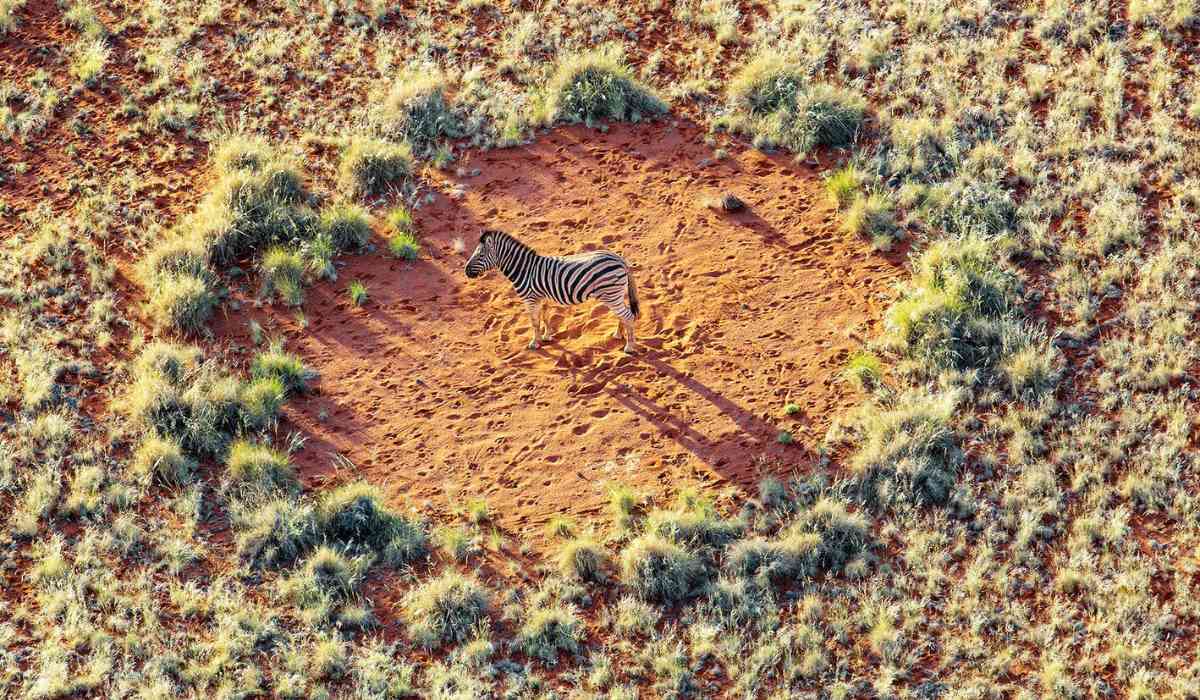When the word 'Fairy' crosses your mind, do you envision a whimsical, enchanting being with its delicate wings and mischievous charm, sprinkling magic wherever it goes, dancing between the realms of fantasy and reality?
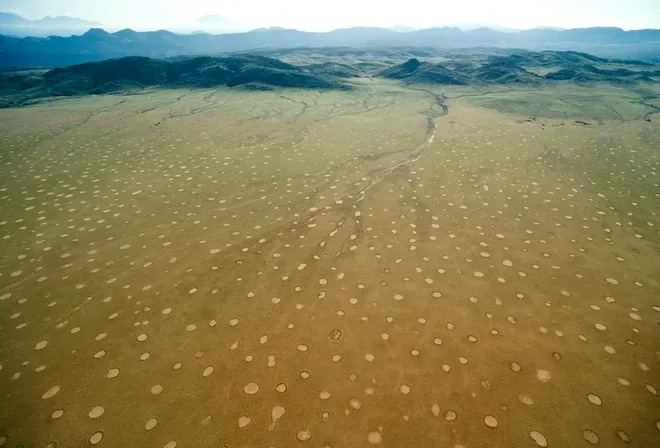
Hold onto that enchantment because, believe it or not, there exists a phenomenon known as 'Fairy Circles'. These circles form mesmerizing patterns of bare soil surrounded by circular patches of vegetation.
Intriguing, isn't it? Well, let's embark on a captivating journey to unravel the mysteries of these enchanting fairy circles.
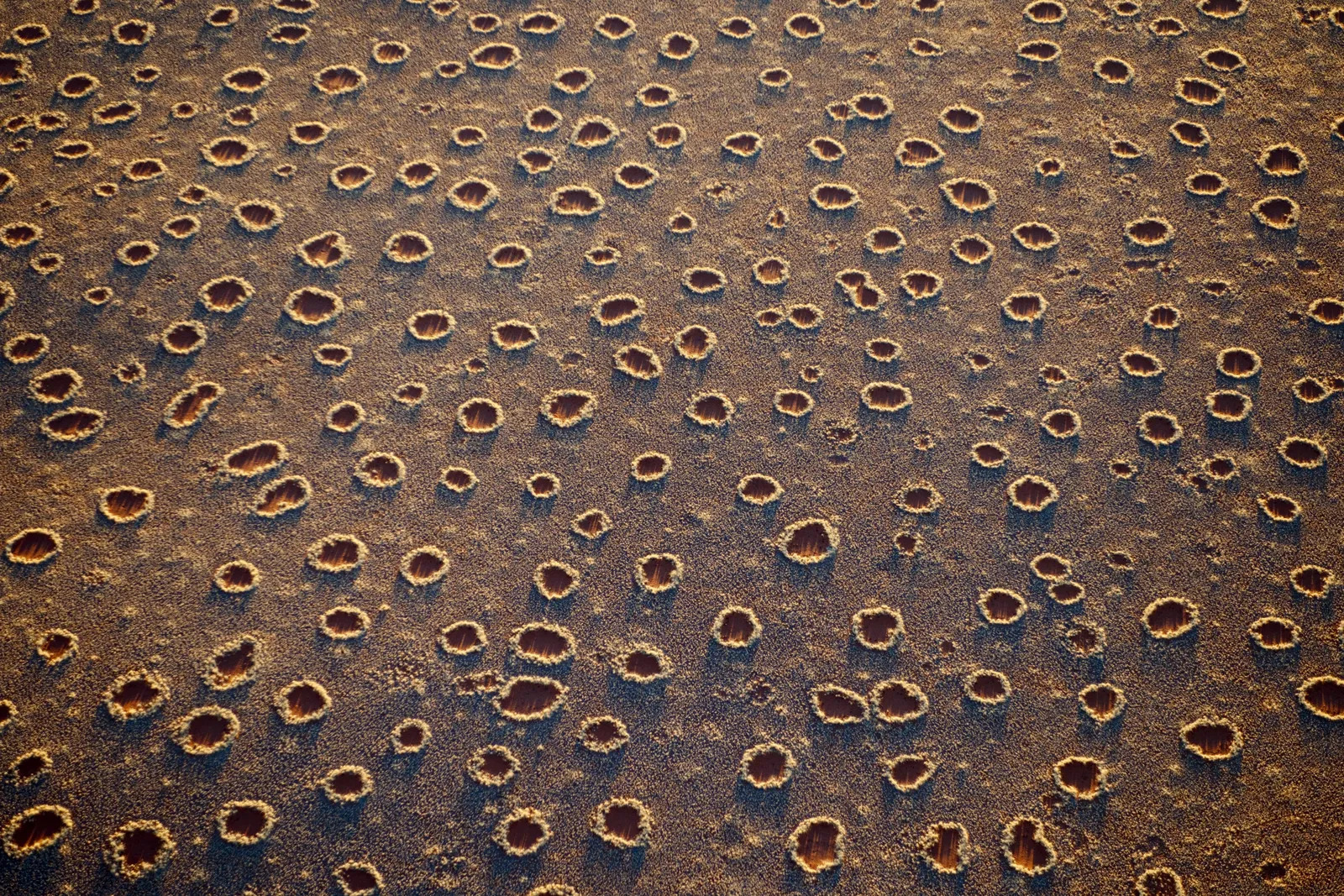
What are fairy circles?
Fairy circles are enigmatic ring-like patterns found in arid landscapes, particularly in Namibia and Australia. These peculiar formations have long captivated the curiosity of scientists, sparking a multitude of theories about their origins. Some believed they were shaped by termites, others suggested toxic plants or even radioactive minerals.
The mystery deepened as fairy circles were discovered in various locations worldwide, spanning three continents and 15 countries, from Sahel to Madagascar and the Middle-West Asia. These intriguing circles had previously been documented solely in the drylands of southwest Africa and central Australia.
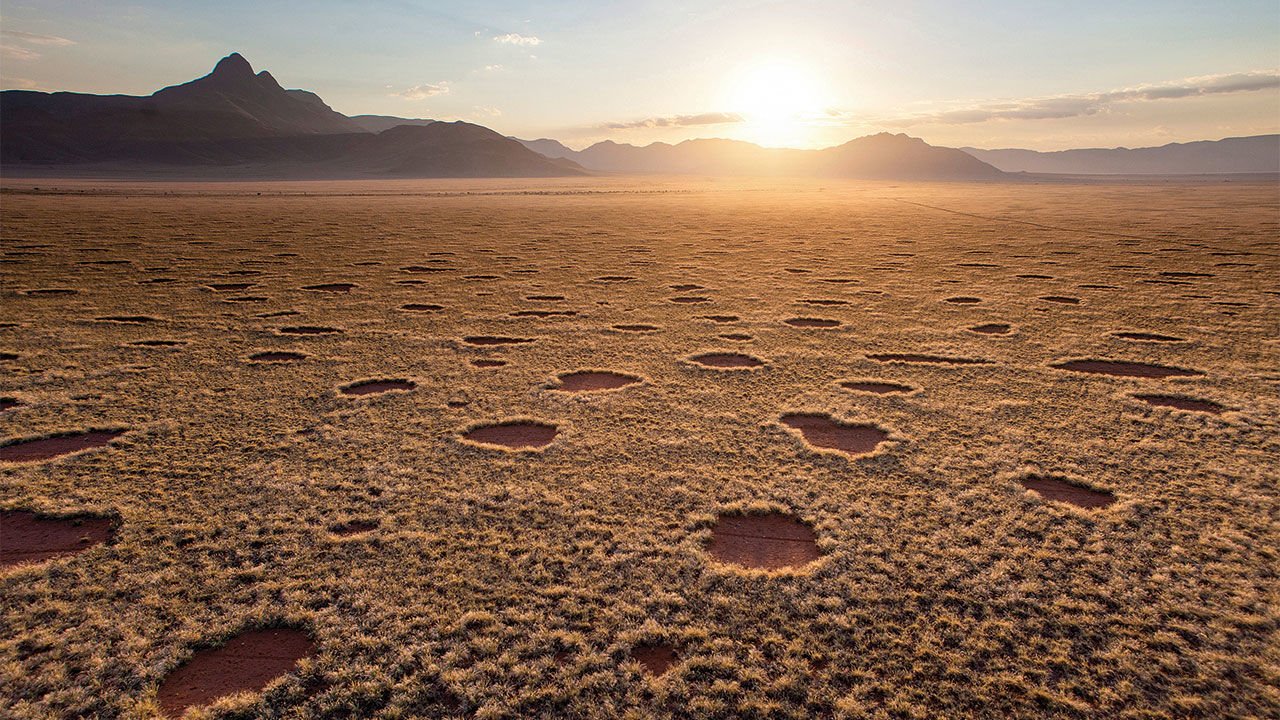
The First Global Fairy Circle Atlas:
A groundbreaking study has shed light on the ecology and distribution of these captivating patterns, providing the first-ever global atlas of fairy circles. While the world's most famous fairy circle collection thrives in the Namib Desert along the Atlantic coast of Angola, Namibia, and South Africa, these circles vary in size, ranging from 12 to 114 feet in diameter. Comprising bare patches encircled by grassy rings, they remain a puzzle waiting to be solved.

Where are fairy circles found?
According to the study, fairy-circle-like patterns emerge in environments characterized by a unique blend of factors: low-nutrient soils, high sand content, arid climates with soaring temperatures, and pronounced precipitation seasonality.
In certain regions, the presence of termite nests further influences the formation of these patterns. Fairy circles, indeed, continue to be an ecological enigma, appearing as circular "pavements" within low grassy vegetation, often isolated and never overlapping, like patches of dry, naked earth.
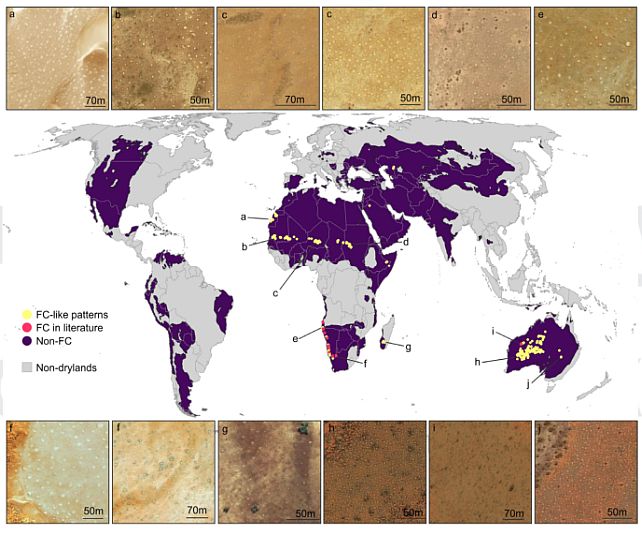
How was the fairy circle study done?
Using advanced artificial intelligence models and meticulous analysis of satellite imagery, researchers uncovered hundreds of new locations resembling the fairy circles of Namibia and Western Australia. These newfound circles dotted the Sahel, Western Sahara, the Horn of Africa, Madagascar, Southwest Asia, and Central Australia. Surprisingly, fairy circles have yet to be documented in the Americas or Europe.
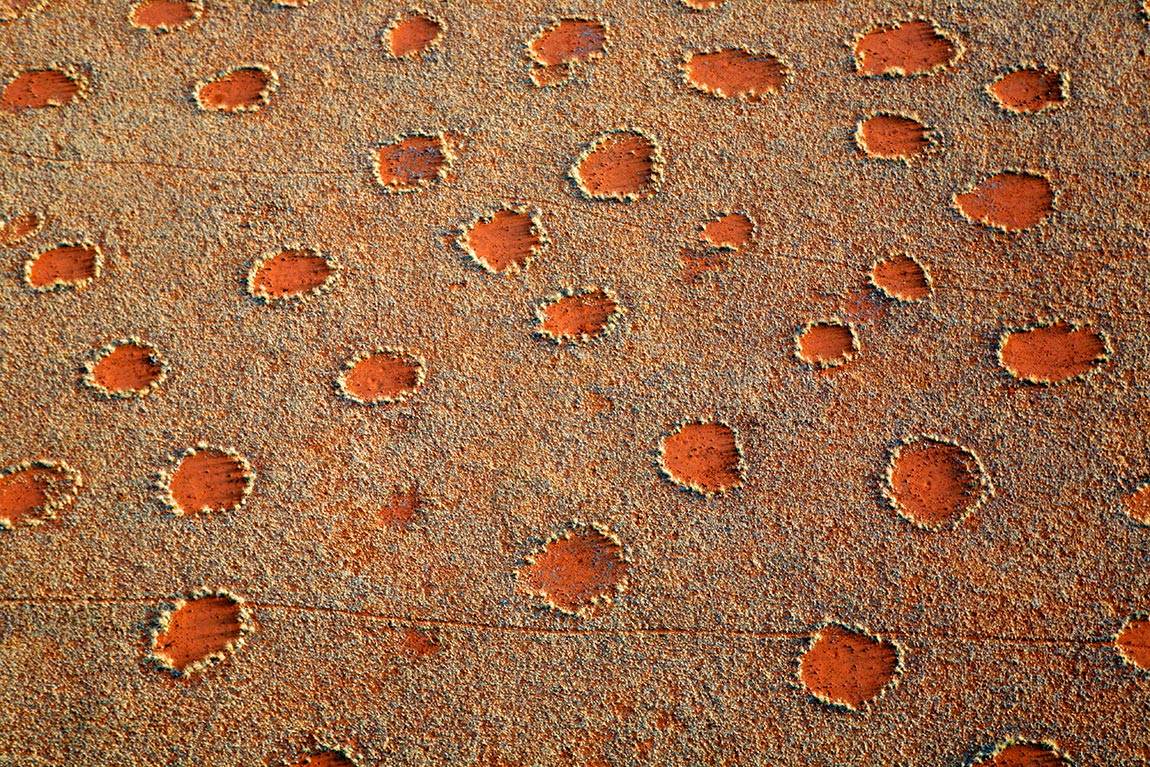
Scientists were limited to studying fairy circles in Namibia until 2014 when similar formations appeared in the Pilbara desert of Western Australia. The mystery of their origin continues to baffle, with the termite theory being a prominent but disputed explanation. Some speculate that these circles help vegetation optimize sparse water resources, but the varying landscapes of Namibia and Australia present a conundrum. Other theories, such as plant toxins, have been debunked.
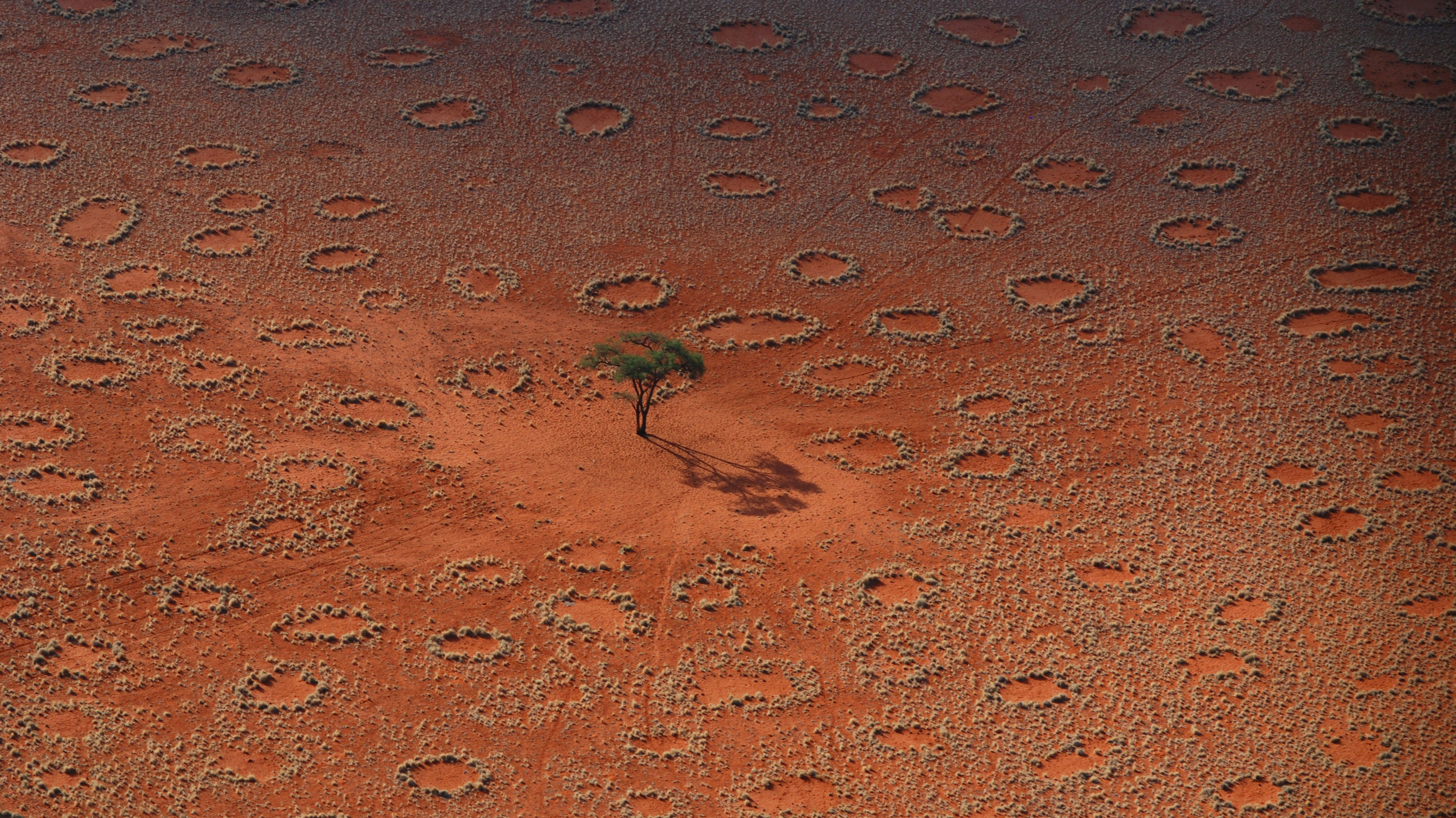
The real challenge lies in studying these circles in harsh and remote environments. Much research relies on drone and satellite imagery, proving to be a potent tool. By comparing landscapes with these formations, researchers aim to identify commonalities rather than differences, inching closer to unravelling the fairy circle mystery.
The information gathered has revealed that fairy circles share specific features: dry desert environments, high temperatures, pronounced precipitation seasonality, and nutrient-poor, sandy soil. Intriguingly, regions with fairy circles exhibit more stable vegetation productivity over time, offering clues to why these mysterious patterns emerge.

In the quest to decode the riddle of fairy circles, science continues to dance on the precipice of discovery, where each revelation brings us closer to understanding nature's enigmatic whispers.
© Copyright 2023. All Rights Reserved Powered by Vygr Media.

